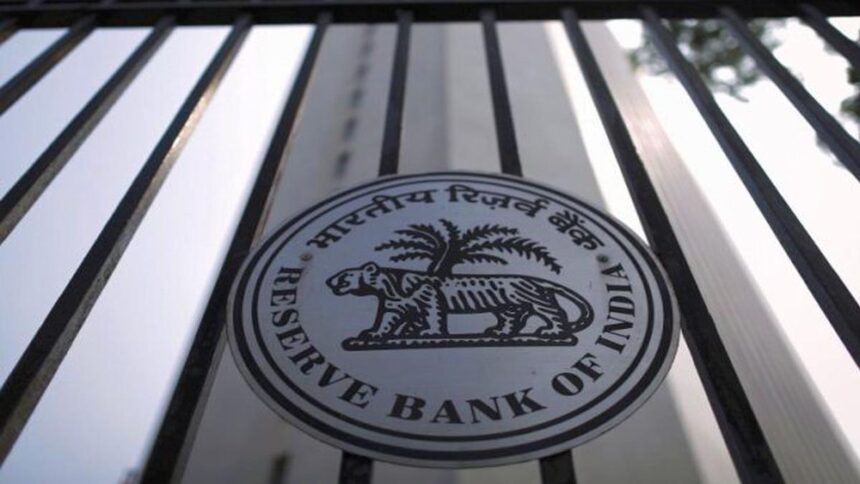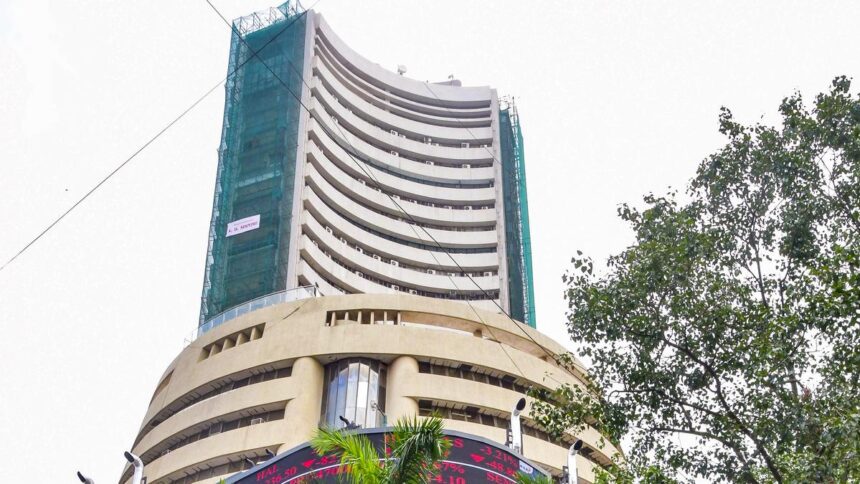As many as 23% of the total 56.04 crore Pradhan Mantri Jan Dhan Yojana (PMJDY) accounts are inoperative, Minister of State for Finance Pankaj Chaudhary said on Monday (August 18, 2025).
Out of 56.03 crore PMJDY accounts at the end of July 31, 2025, 13.04 crore such accounts are inoperative, he said in a written reply in the Lok Sabha.
Uttar Pradesh has the highest number of inoperative Jan Dhan accounts of 2.75 crore, followed by Bihar at 1.39 crore and Madhya Pradesh at 1.07 crore, he said.
As per the Reserve Bank of India (RBI) guidelines dated February 18, 2009, a savings account should be treated as inoperative/dormant if there are no transactions in the account for over a period of two years.
The government has taken various steps to ensure smooth functioning of PMJDY accounts, including Direct Benefit Transfer (DBT). These benefits are transferred even to the inactive accounts.
Banks inform account holders in writing through letters or email or SMS about the accounts which are to become inactive and also contact the holder(s) of the inoperative accounts through letters, email or SMS on a quarterly basis, he said.
The government launches various specific campaigns from time to time for promotion of enrolment under various schemes, as well as for issues like activation of inoperative accounts, he said.
Recently, a Gram Panchayat level Saturation Campaign has been launched from July 1, 2025 to September 30, 2025 across the country wherein Re-KYC of ‘inactive PMJDY accounts’ is one of the key focus activities of the campaign, he said.
Replying to another question, Mr. Chaudhary said there is no proposal to impose transaction charges on UPI, at present.
“In order to ensure continuity of the UPI services by the ecosystem partners, the government had implemented the incentive scheme during the last four years i.e. FY 2021-22 to FY 2024-25. During this period, the government has extended incentive support of approximately ₹8,730 crore,” he said.
In reply to another question, Mr. Chaudhary said Public Sector Banks (PSBs) raise capital from the market to meet their capital requirements from time to time.
The robust financial strength of PSBs has boosted investors’ confidence, enabling them to raise capital from the market.
Banks raise capital from the market in the form of equity, Basel III compliant Additional Tier-I andTier -II bonds..
“Total amount of capital raised by PSBs in the form of both equity and bonds during the last three financial years [FY2022-23 to FY 2024-25] amounts to ₹1,53,978 crore [₹44,942 crore in FY2022-23, ₹57,380 crore in FY 2023-24 and ₹51,656 core in FY 2024-25],” he said.
The fresh raising of capital by banks is used for various purposes, which included meeting the capital needs of banks to support credit growth, meeting regulatory requirements for capital adequacy, complying with minimum public shareholding norms by increasing public shareholding, replenishing AT-1 bonds due for exercising call option, strengthening the overall capital position ofthe bank and creating capital buffer for their future business requirements, he said.
Replying to another question, Mr. Chaudhary said the ratio of Gross Non-Performing Assets in gold loans to the outstanding gold loans for SCBs has increased marginally from 0.20% in March 2023 to 0.22% in March 2025, while for Upper- and Middle-Layer NBFCs it has increased from 1.21% to 2.14% over the same period.
The RBI has further informed that the data related to gold loans sanctioned by SCBs and NBFCs is not maintained by it, he said.
The Office of the RBI Ombudsman has received 188 complaints related to gold loans during the financial year 2024–25, he said, adding that these complaints are handled in accordance with the provisions of the RBI Integrated Ombudsman Scheme, 2021..
To a question with regard to RBI’s current official position on the regulation and legal status of cryptoassets, Mr. Chaudhary replied that RBI has informed that cryptocurrencies and crypto assets do not fall under its regulatory domain.
Published – August 18, 2025 04:28 pm IST























